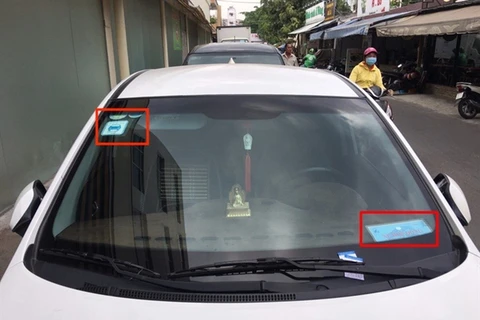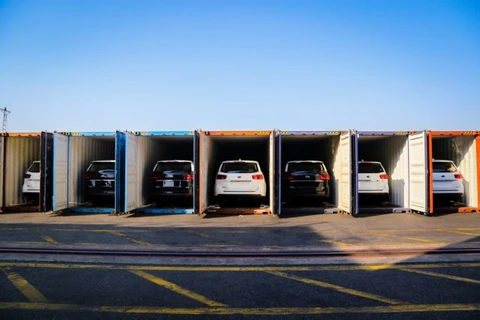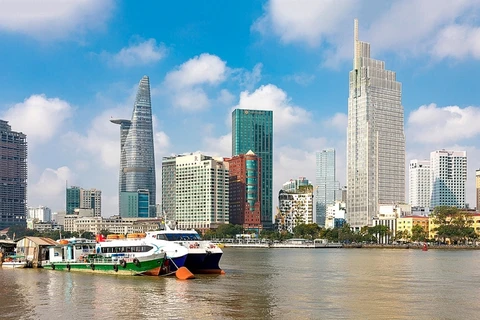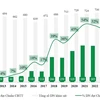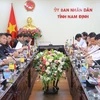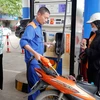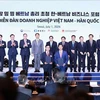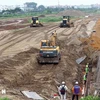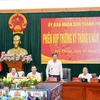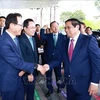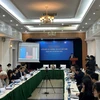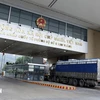Hanoi (VNS/VNA) - The Vietnam Automobile Manufacturers’ Association (VAMA) has proposed the Government reduce value-added tax (VAT) and registration fees for car customers by 50 percent, reports vietnamnet.vn.
The proposal was made as a series of automobile factories in Vietnam face the risk of reducing production, suspending operations for a while, or even closing due to the heavy impact of the COVID-19 pandemic. This will cause hundreds of thousands of job losses.
VAMA wanted the Government to extend the payment deadlines of VAT and special consumption tax for businesses from this month to September this year, and corporate income tax until March 31 next year. Meanwhile, the personal income tax should be decreased for employees.
“It’s necessary to promulgate a general stimulus package for economic development, extend commercial loan packages so that enterprises have time to recover production and business and pay debts,” VAMA said.
If VAMA's proposals are approved by the Government, the price of cars of all kinds is expected to decline sharply.
Some VAMA members have failed to conduct factory expansion because foreign engineers, experts and skilled workers are not able to enter Vietnam due to immigration restrictions. Meanwhile, some facilities and equipment to expand factories have not yet been imported, affecting the implementation progress of projects.
In terms of part supply, it is forecast that many part producers and automakers will be directly affected because many countries have restricted travelling from one or many areas, even the whole country to deal with the COVID-19 pandemic. Therefore, many businesses may reduce production or even consider closing for a certain period.
According to a report by the Ministry of Industry and Trade’s Department of Industry, Vietnam imported auto parts worth nearly 4 billion USD in the first two months of this year, the main volume of which came from the Republic of Korea with 1.14 billion USD (28.5 percent), Japan 0.72 billion USD (18.04 percent) and China 0.7 billion USD (18 percent). It’s estimated that automakers will lack parts for production at the end of this month./.
VNA

